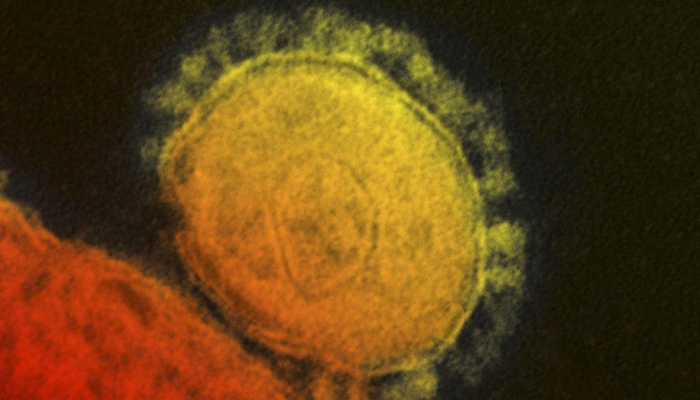What is the Coronavirus? What are Coronavirus symptoms? All you need to know
The virus has caused alarm for its similarity to SARS, which killed nearly 650 people across China, Hong Kong in 2002-2003
January 22, 2020

A mysterious SARS-like virus that has so far killed more than 40 people and continues to infect hundreds could spread further, Chinese authorities have warned.
The virus has already reached the United States while the other neighbouring countries have issued strict travel alerts to contain the spread.
The coronavirus has caused alarm for its similarity to SARS (Severe Acute Respiratory Syndrome), which killed nearly 650 people across mainland China and Hong Kong in 2002-2003.
Here are some key points about the coronavirus.
The UN’s health agency says the outbreak of the disease in Wuhan is a never-before-seen strain. It belongs to a broad family of viruses that range from the common cold to more serious illnesses such as SARS.
Also read: China reports 17 new cases of mystery virus
According to Arnaud Fontanet, head of the department of epidemiology at the Institut Pasteur in Paris, the new strain is the seventh known type of coronavirus that humans can contract.
"We think that the source may have been animals sold at market and from there it passed to the human population," he told AFP.
The World Health Organisation (WHO) says an "animal source seems the most likely primary source... with some limited human-to-human transmission occurring between close contacts".
The outbreak has caused alarm because of the link with SARS (Severe Acute Respiratory Syndrome), which killed 349 people in mainland China and another 299 in Hong Kong between 2002 and 2003.
Also read: WHO alerts hospitals across world on possible spread of new China Coronavirus
Fontanet said the current virus strain was 80 per cent genetically identical to SARS, which also causes severe breathing problems.
A total of 218 people have now been diagnosed with the virus in China, and the outbreak has already claimed three lives.
What are the Coronavirus symptoms?
You should seek medical assistance if you live in an area where the virus has been reported and you experience flu-like symptoms like the following:
- Fever
- Cough
- Shortness of breath
Cause to worry?
Fontanet said the coronavirus appeared to be "weaker" than SARS in its current form, but cautioned that it could mutate into a more virulent strain.
"We don’t have evidence that says this virus is going to mutate, but that’s what happened with SARS," he said.
"The virus has only been circulating a short time, so it’s too early to say."
"Currently, it can be said it is affirmative that there is the phenomenon of human-to-human transmission," Zhong Nanshan, a renowned scientist at the National Health Commission who helped expose the scale of the SARS outbreak, said in an interview with CCTV.
Jeremy Farrar, head of the health charity Wellcome, said "it’s clear that there is some level of person-to-person transmission" of the coronavirus.
Given the levels of air travel in Asia, there was a risk of widespread contamination, said his colleague Mike Turner.
"We are all more concerned than we were three days ago," he added.
"One of the consequences of a more connected world is that outbreaks have the potential to spread internationally much more rapidly than was the case 50 years ago."
Scientists with the MRC Centre for Global Infectious Disease Analysis at Imperial College, London, warned in a paper last week that the number of cases in Wuhan was likely to be close to 1,700 — much higher than the number officially identified.
Also read: China confirms more cases of mystery viral pneumonia
The WHO has advised that individuals should protect themselves against the virus by thoroughly washing their hands, covering their noses when they sneeze, thoroughly cooking meat and eggs, and avoiding close contact with wild or farm animals.
On Friday the US Centers for Disease Control and Prevention said they would be conducting greater screening of passengers arriving on direct or connecting flights from Wuhan.
Lessons learned?
Fontanet said health workers in China had responded admirably by rapidly carrying out testing among patients and tracing the cases to the market in question.
"We’ve learned some lessons from SARS. We’re better armed and more reactive," he said.
Adam Kamradt-Scott, an expert in the spread and control of infectious diseases at the University of Sydney, said China had "has been quick to share the genome sequencing of this novel coronavirus.
"This has enabled the identification of this new case in Japan," he said.
Such transparency was in contrast to the start of the SARS epidemic, said Fontanet, when China "hid the story for two or three months" at the start of the outbreak.
With additional input from AFP











